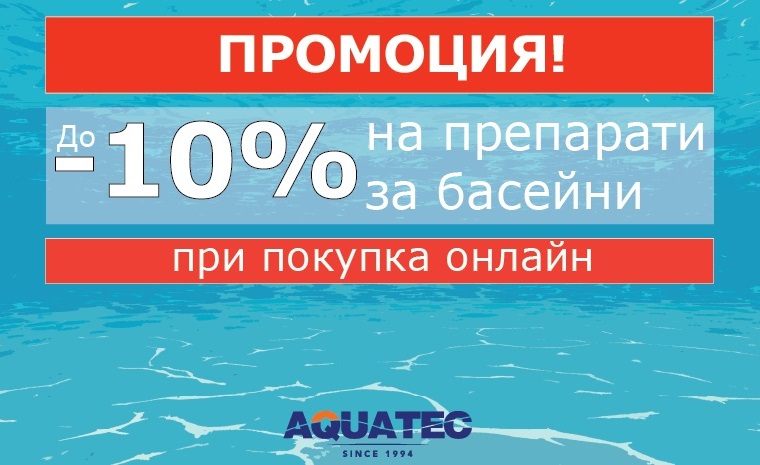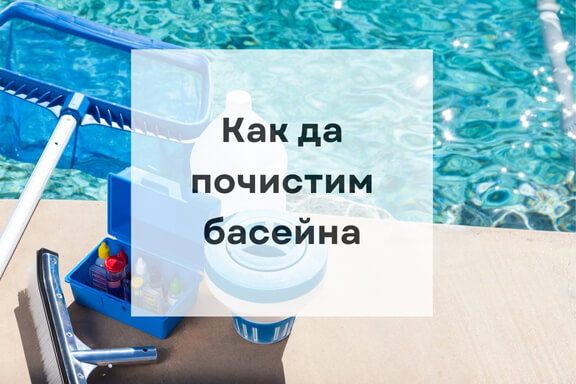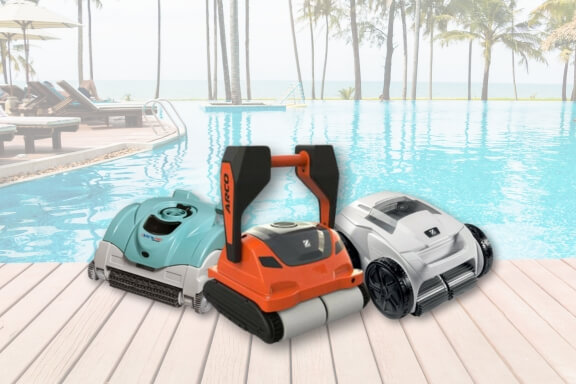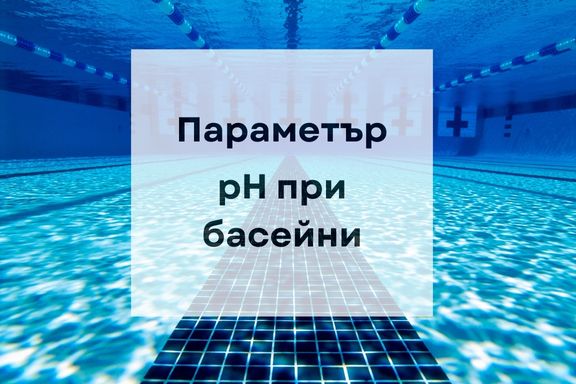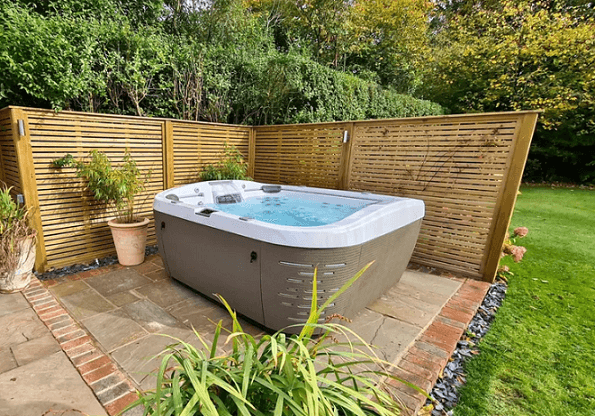PVC and paint cladding are preferred primarily because of the low initial investment. They are just one of many types of lining for swimming pools.
The PVC film has a three-layer structure reinforced with a network of fibre. It is stored in rolls of different widths - 1,65 or 2,00 m and length - 25 m. It can be of different thicknesses - 1,50 and 2 mm. At places in and around the pool where there is a risk of slipping (monolithic steps and the front edge of the overflow chute) it is correct to line it with embossed PVC film, which is glued onto the already installed smooth film. This type of liner has other advantages: it has a high water permeability, and it also allows pools of various complex shapes to be lined. The strength of the PVC liner can only be mechanically damaged by a sharp object or an object with sharp edges left underneath. In case of unevenness on the bottom of the pool and to protect the liner, it is recommended to lay a geotextile underneath.
PVC foil cladding is a good solution when reconstructing and renovating old swimming pools. If there are cracks in the old reinforced concrete structure, applying the liner would prevent possible leakage from it. Another advantage of this type of liner is its ease of maintenance and its resistance to freezing temperatures. One of the disadvantages of the foil is the low durability of the colour and its fading over the years.
The installation of the PVC foil is done only by specialists.
It is possible for water to get under the liner for many reasons - poor performance, ground water, etc. If the basin was full at that point, so-called "pockets" may not form. But when for some reason the pool is emptied the water trapped in the liner collects in the lowest part and "pockets" form. They are removed either by removing the floor siphon and draining the water, or by drilling through the liner and re-welding.

Recreational pool with foil
There is a relatively small choice of colours for this cladding, making it difficult to develop different design solutions. Another disadvantage of PVC liner is that it requires the use of more expensive flanged fittings (skimmers, floor traps, nozzles and spotlights). In order to carry out the installation, it is necessary to prepare a perfectly smooth surface.
To obtain a better look in PVC foil pools, models are also provided that imitate different color mixes of glass ceramics. There are also ready-made panels and foil friezes. The choice of the optimal type of pool liner is made right from the step pool designwhen the indicative costs are calculated, the vision is discussed, and specific goals are set for the project.
The pool can also be lined with paint. This is an increasingly less preferred cladding as it gives a poor appearance to the facility. In addition, treating the pool water with chemical treatments results in parts of the paint permanently peeling off. In doing so, it gets into the pumps and filters, leading to their defect. The advantages of this lining are a small initial investment and easy installation.

Slow river with paint


